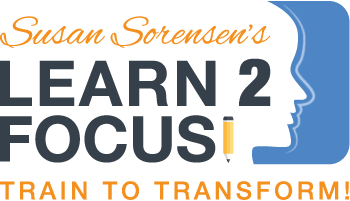Two New Ways To Test For Autism
/This week, I wanted to share with you an article on exciting autism discoveries going on in the field which could potentially help our kids. Scientists and researchers are making further progress on the causes of autism and different types of treatments and tests – probably because the rate of diagnosis has skyrocketed over the past 40 years.
When you look at just the numbers, it is disheartening: autism has been diagnosed in 1 in 68 children, and affects more than 2 million in the United States. For boys, it’s found in 1 out of 42, and 1 in 189 for girls. Autism is on the rise - the numbers don’t lie.
But the good news is that people are certainly more aware of it, and scientists around the world are placing a lot of effort and attention to finding a cure. Plus, there’s more good news: British psychologists found that while people with high levels of autistic traits tended to produce fewer responses when presented with a problem, the responses they did have were more original and creative than responses from non-autistic individuals.
While there are no current medical tests to diagnose autism, this could soon change:
1. Sniff Test: Normally, when you sniff something unpleasant, you can reduce the airflow in your nose to avoid inhaling it. But researchers at Israel's Weizmann Institute of Science discovered that children with autism can't make those adjustments, and sniff the same way regardless of whether the smell is pleasant or unpleasant.
The scientists created a device which allowed them to deliver odors through the nose and measure a child's nasal airflow in response to pleasant or unpleasant smells.
Children without autism adjusted their airflow within 305 milliseconds after smelling an odor, but the airflow didn't change at all in children with autism.
The test was 81 percent accurate in diagnosing autism.
2. Eye-tracking technology: Children who have autism have advanced perceptual skills in infancy before the onset of clinical symptoms, says a study published in the journal Current Biology. Researchers tracked how fast an infant could follow letters that popped up on a screen. Those with enhanced searching ability at 9 months showed more symptoms of autism at 2 years. Children with autism, for instance, had a superior ability to pick out an odd item in a series, such as the letter S in a string of Xs.
Stay tuned for the next post, which will share three new potential cures for autism. You can read the full article here:
https://www.newsmax.com/Health/Headline/autism-treatments-discoveries-help/2015/09/08/id/678659/

